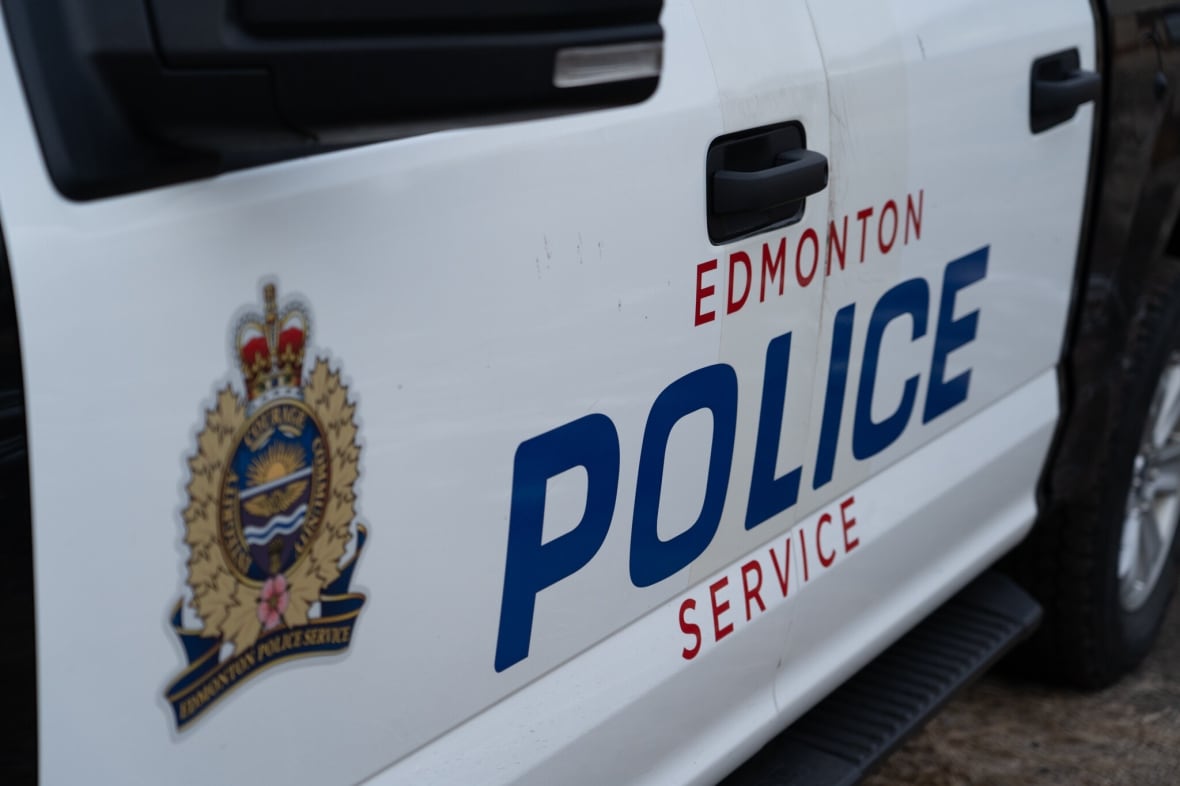Speed, motorcycles key factors in rising traffic fatalities in Edmonton, police say
Motorcycle deaths rapidly approach 10-year peak
Edmonton could reach a new 10-year peak for fatal vehicle collisions this year, and police are raising concerns about the high number of incidents involving high speeds and motorcycles.
Deaths involving motorcycles are especially high, and causing concern for police and enthusiasts alike.
Last week, police responded to a collision near Highway 2 and Highway 19 in the far south of Edmonton where a motorcycle travelling at high speed hit a concrete barrier. A 40-year-old man was pronounced dead at the scene.
The incident brings this year's number of fatal collisions to 20, matching the pace needed to reach a new 10-year peak for the city set in 2015, when there were 33 fatal collisions. This year is likely to pass last year's final count of 26.
"This number is high, definitely compared to previous years," said Sgt. Kamlesh Patel, who works with the Edmonton Police Service's major collisions unit. "It definitely is concerning."
Motorycle collisions
Speed and motorcycles have been two prominent factors in fatal collisions this year.
Fatalities involving motorcycles are now at six this year, just shy of the the 10-year peak of seven recorded last year.
Patel said that motorcycles lack the safety features of four-wheel vehicles, and when combined with high speed the risks are much greater. It's something that Ashlee Taylor, who is president of an organization that helps injured bikers, knows well.
"When you're in a motorcycle accident there is a high chance that you are catastrophic or it's life-altering," said Taylor.
Her group, One Broken Biker, is an Alberta-based non-profit that provides support for motorcycle-riders and their families after accidents.

Taylor said her organization is seeing a big hike in injured riders with its biggest year ever, supporting more than 220 riders where usually they support between 150 and 180.
The organization is seeing lots of accidents where motorists's vehicles slip on gravel, and also collisions from distracted drivers in cars, Taylor said.
"They're just not paying attention."
She argues distracted driving should be better policed, but also that motorcycle licensing should be more difficult and riders should be regularly re-training to keep their skills sharp.
Track a safer option
Edmonton Motorcycle Roadracing Association president Jon Bullee said riders with a need for speed should keep it to the race track.
He's had friends get injured riding on the street before, and he says he wishes they had spent that time at the track instead. He says it gives riders a chance to test and improve their skills in a safer environment than the street.
"When I see people posting, 'Oh I got this big speeding ticket' I just tell them, 'that could have paid for an entire year of riding on the track. You wouldn't have that speeding ticket and you'd be having a lot more fun.'"
Debate around photo radar continues
In most of this year's traffic fatalities, police say excessive speeding has been a key factor. In last week's death Patel said it's likely the motorist was driving more than 50 km/h over the speed limit.
For Patel, the numbers raise questions around how police can enforce traffic rules. Earlier this year, the province imposed restrictions on photo radar and cut out all photo radar on numbered highways.
"Ever since photo radar has gone, in my personal experience I've seen speeds go up. Especially on highways with higher speeds," Patel added that every night shift he works he sees at least one vehicle driving an excess of 50 km/h over the limit.
The number of traffic deaths is also raising alarms for Edmonton city Coun. Ashley Salvador who is calling on the province to roll back those photo radar changes.
"Photo radar is an important tool for behaviour change," Salvador told CBC's Edmonton AM on Monday
Transportation Minister Devin Dreeshen continues to defend the choice to cut what he calls cash cows. When asked about concern for speeding, Dreeshen said his main concern is with what he calls dangerous speeders, like street racers rather than daily commuters.


